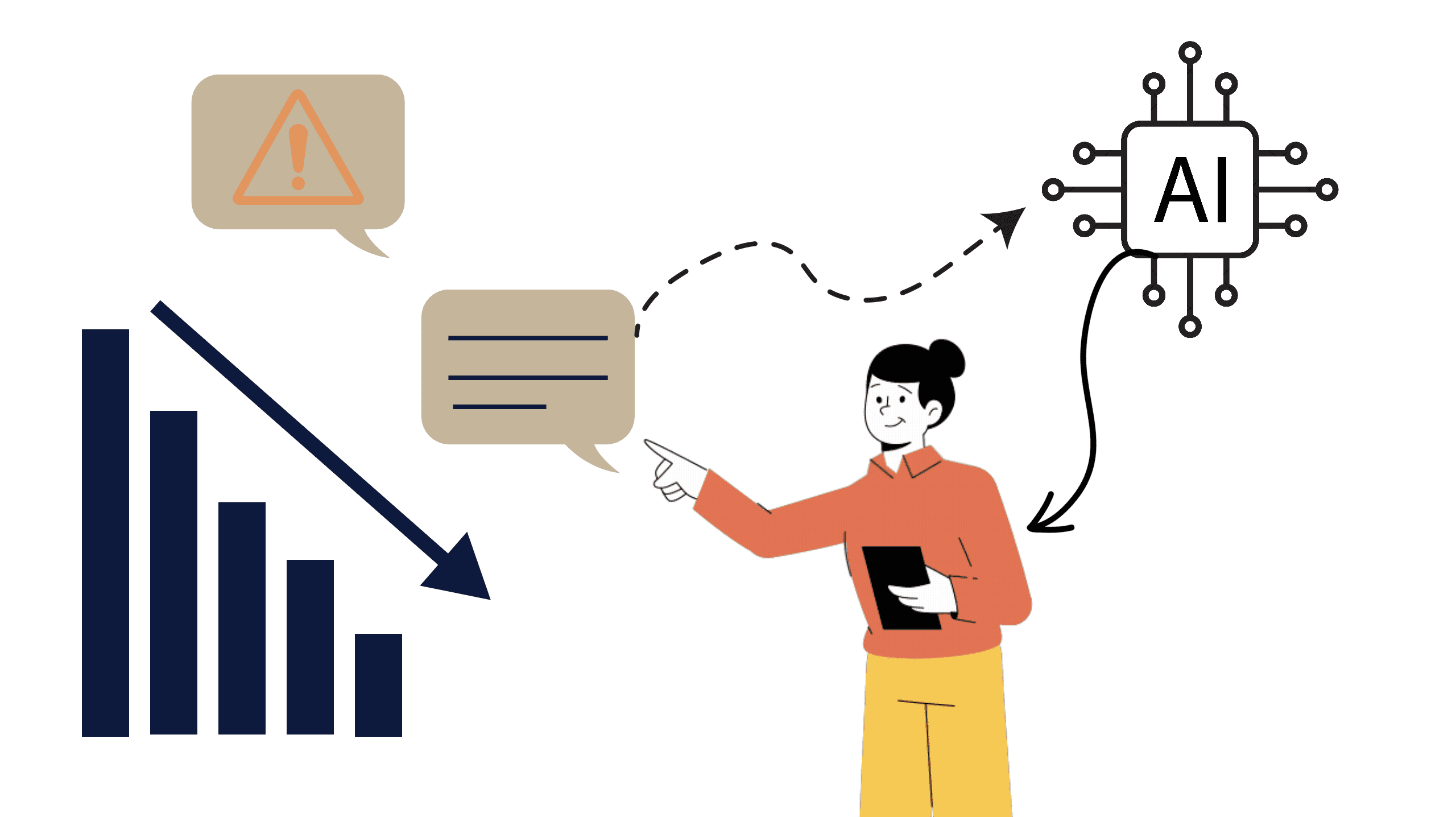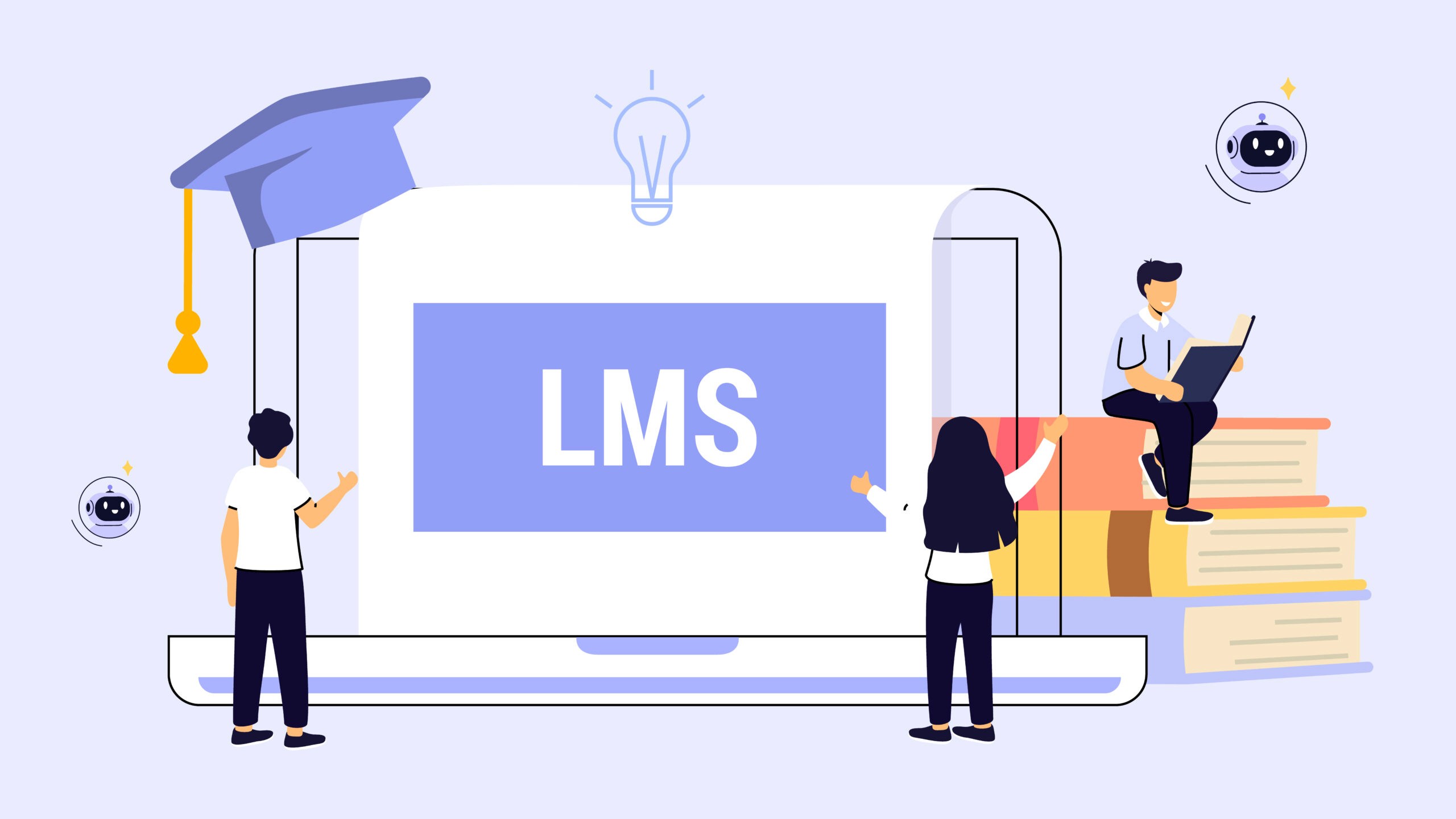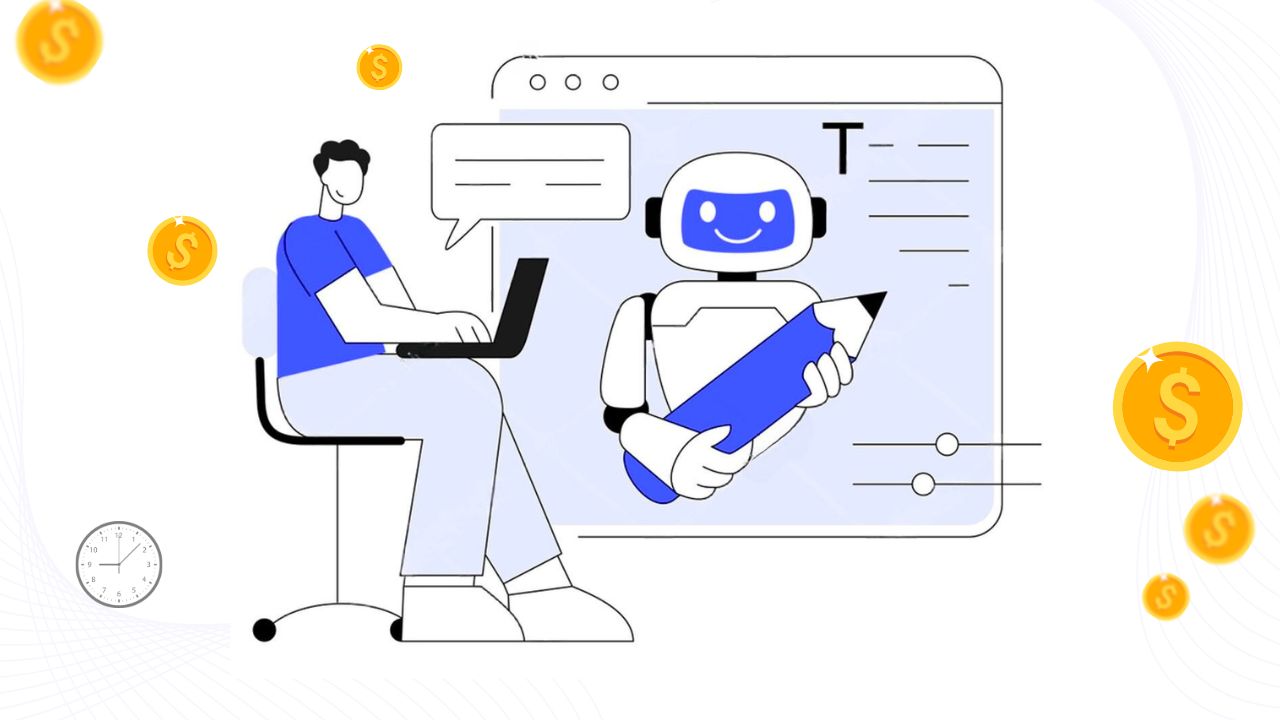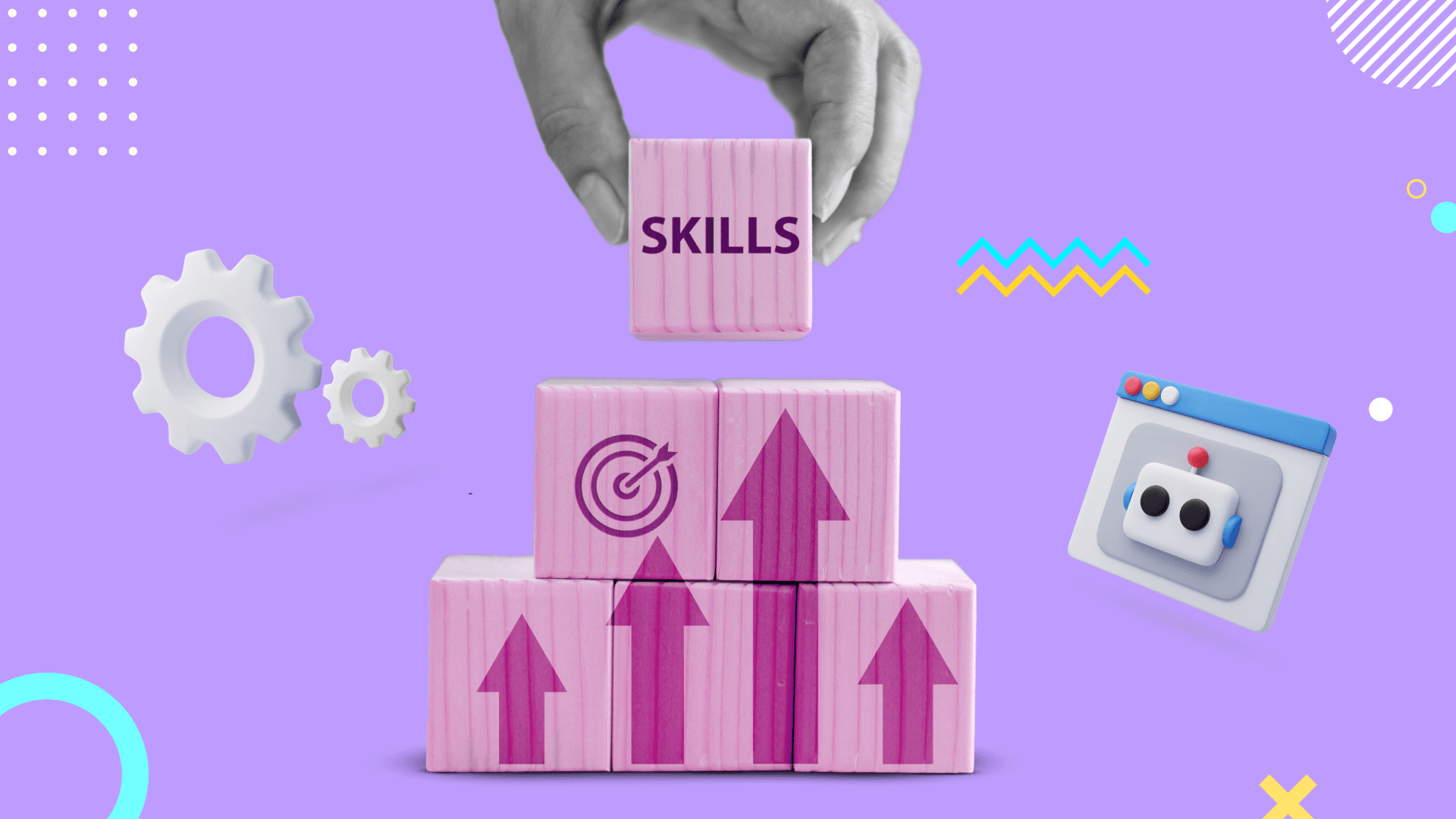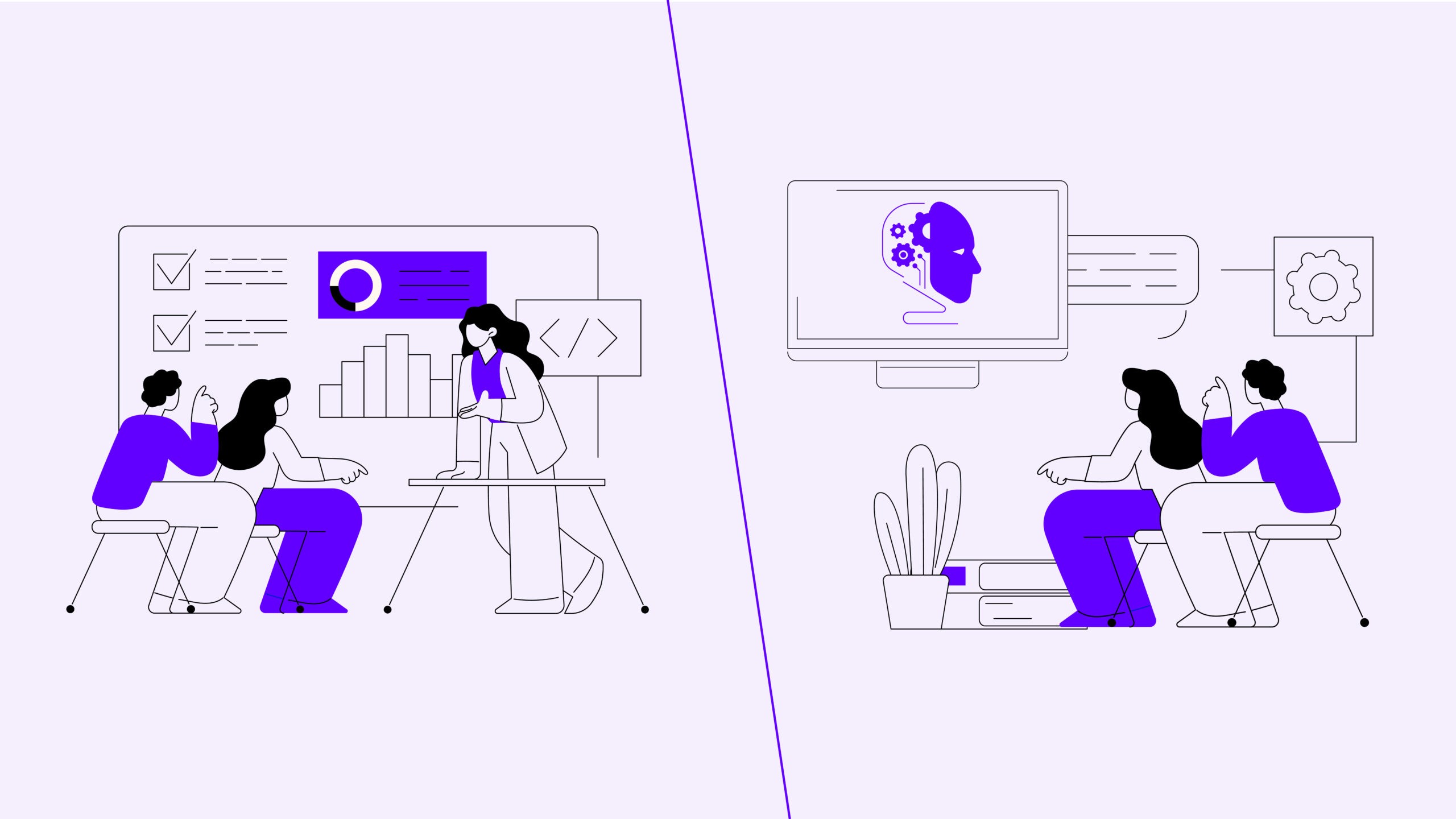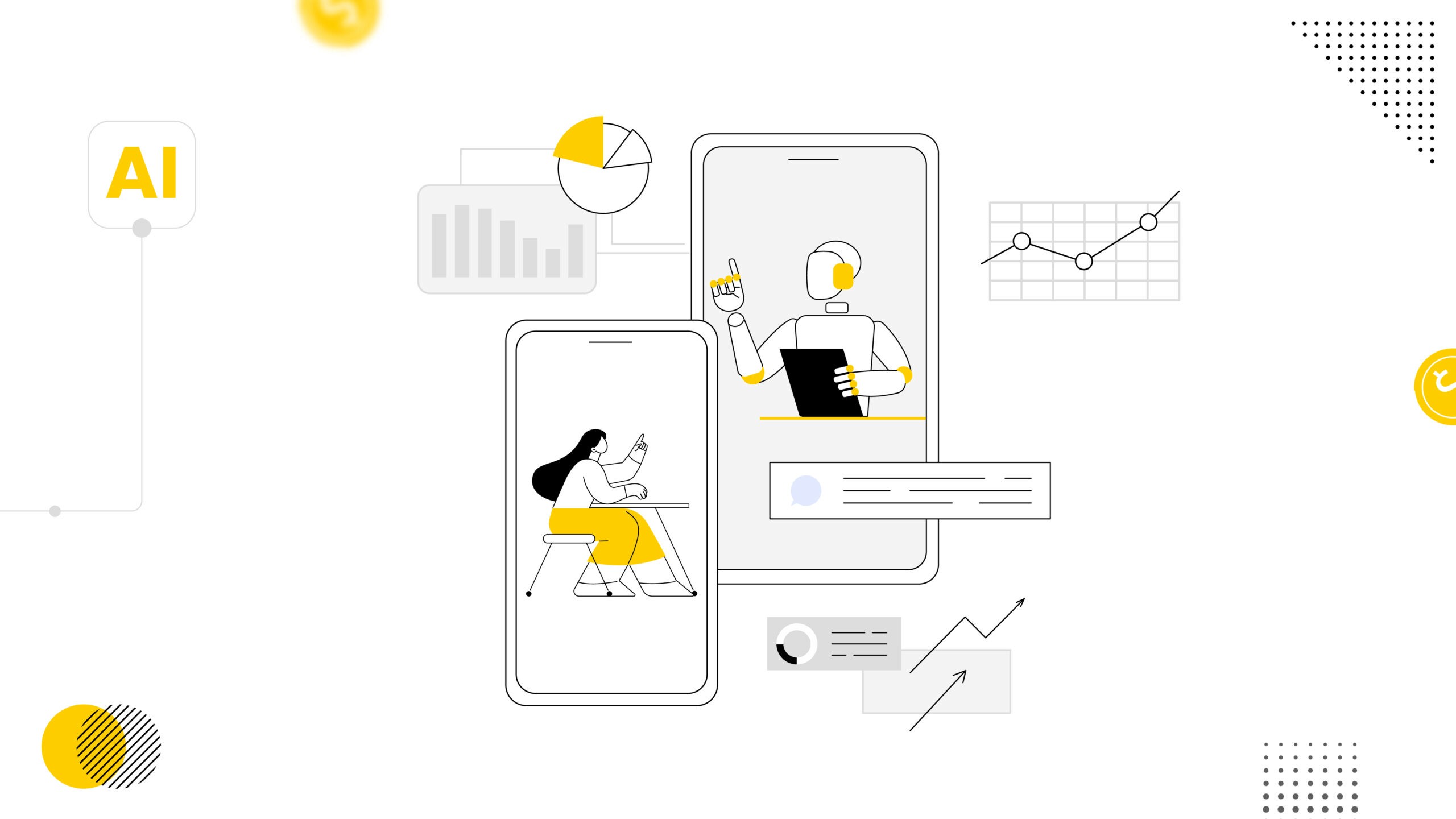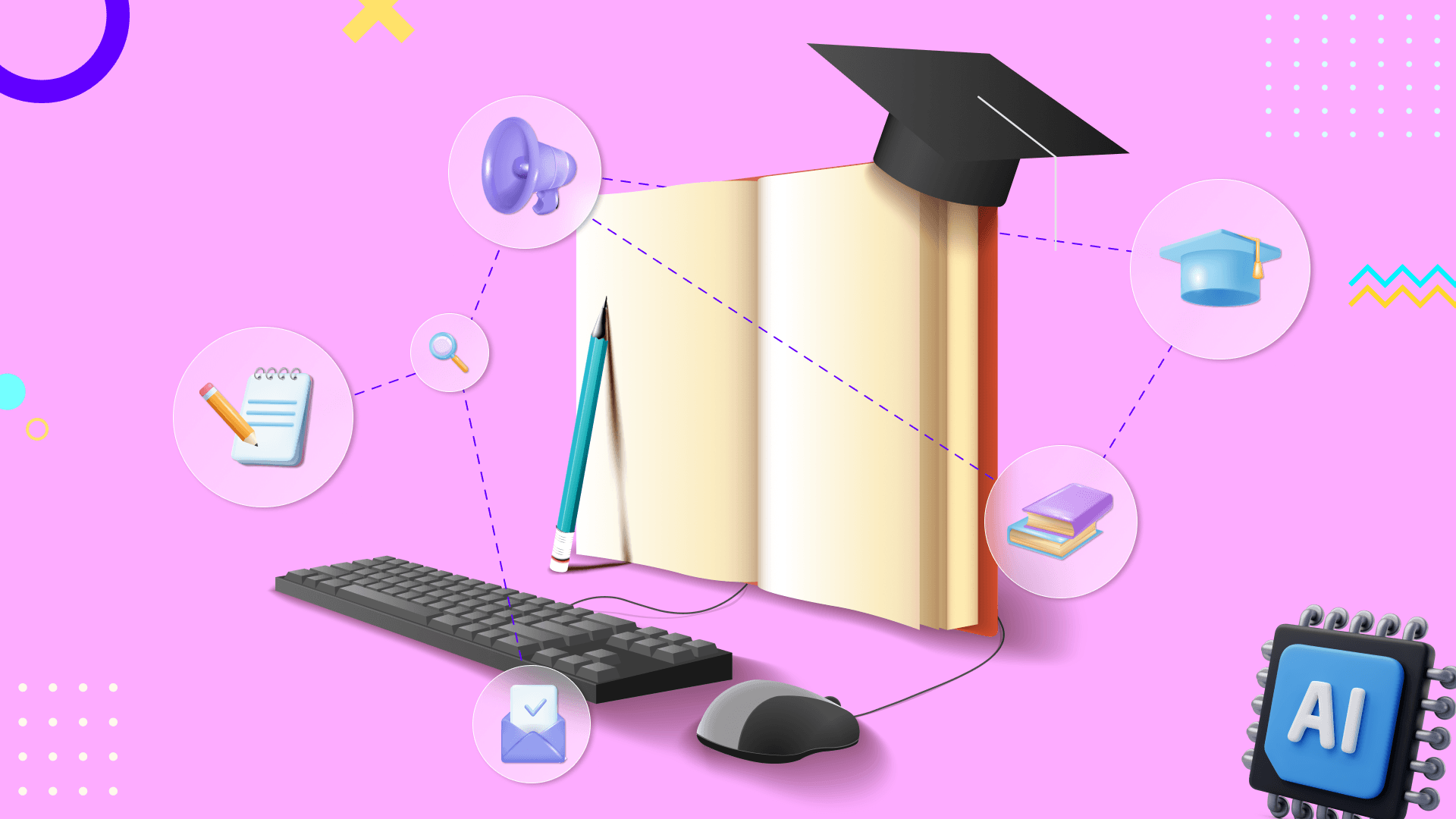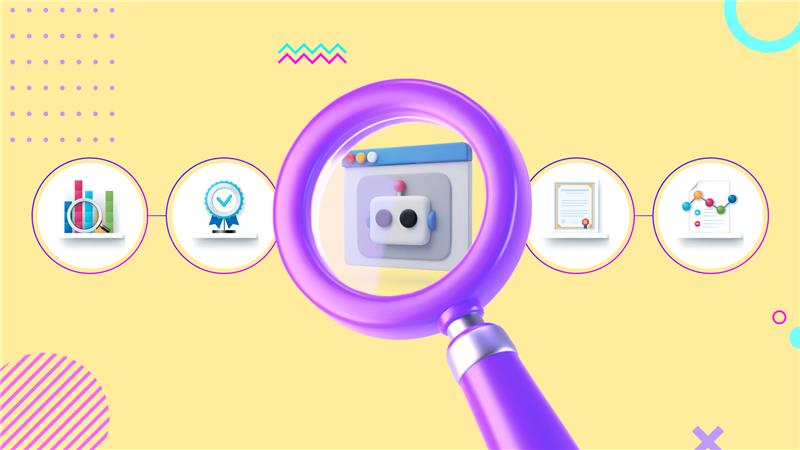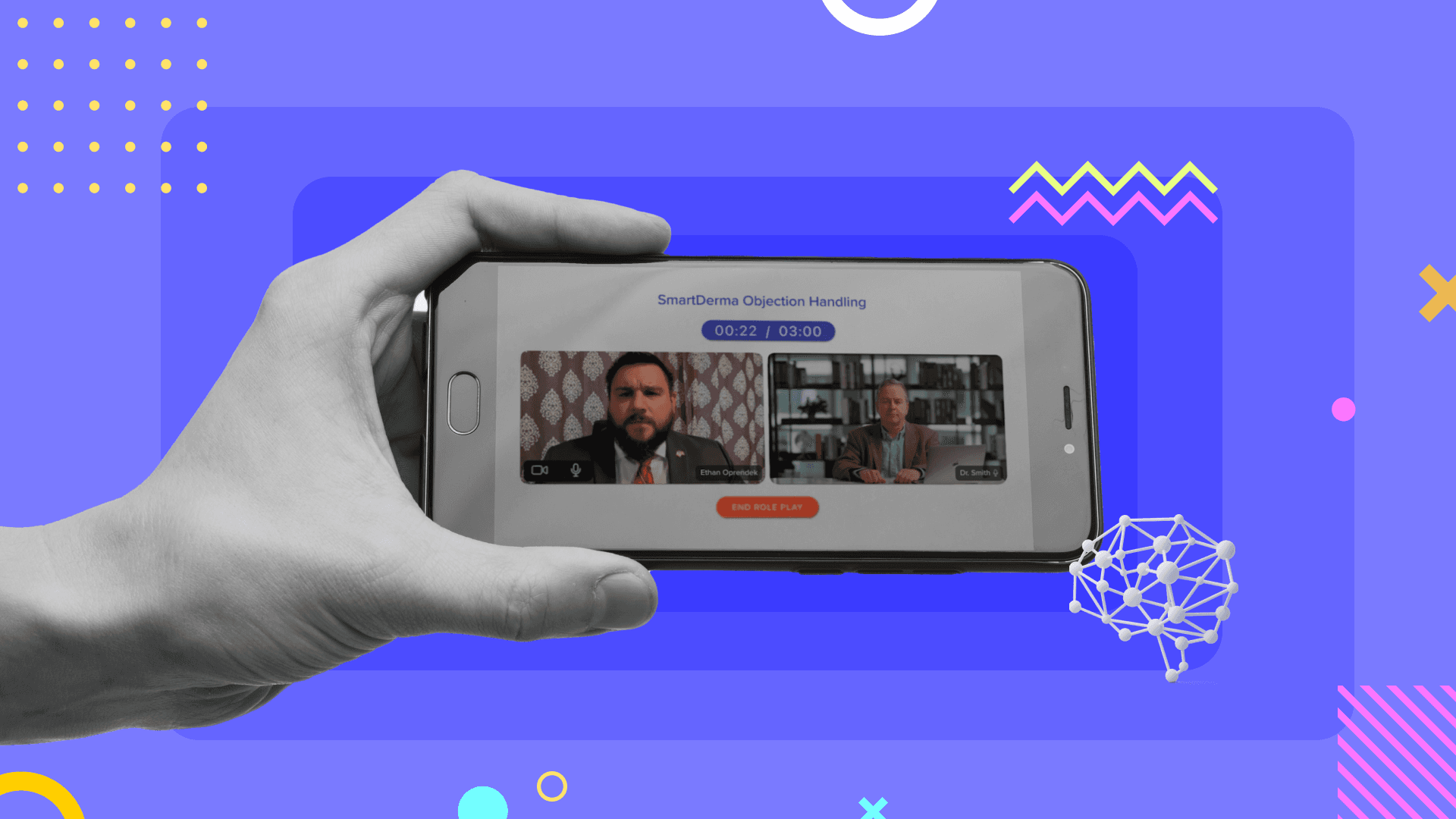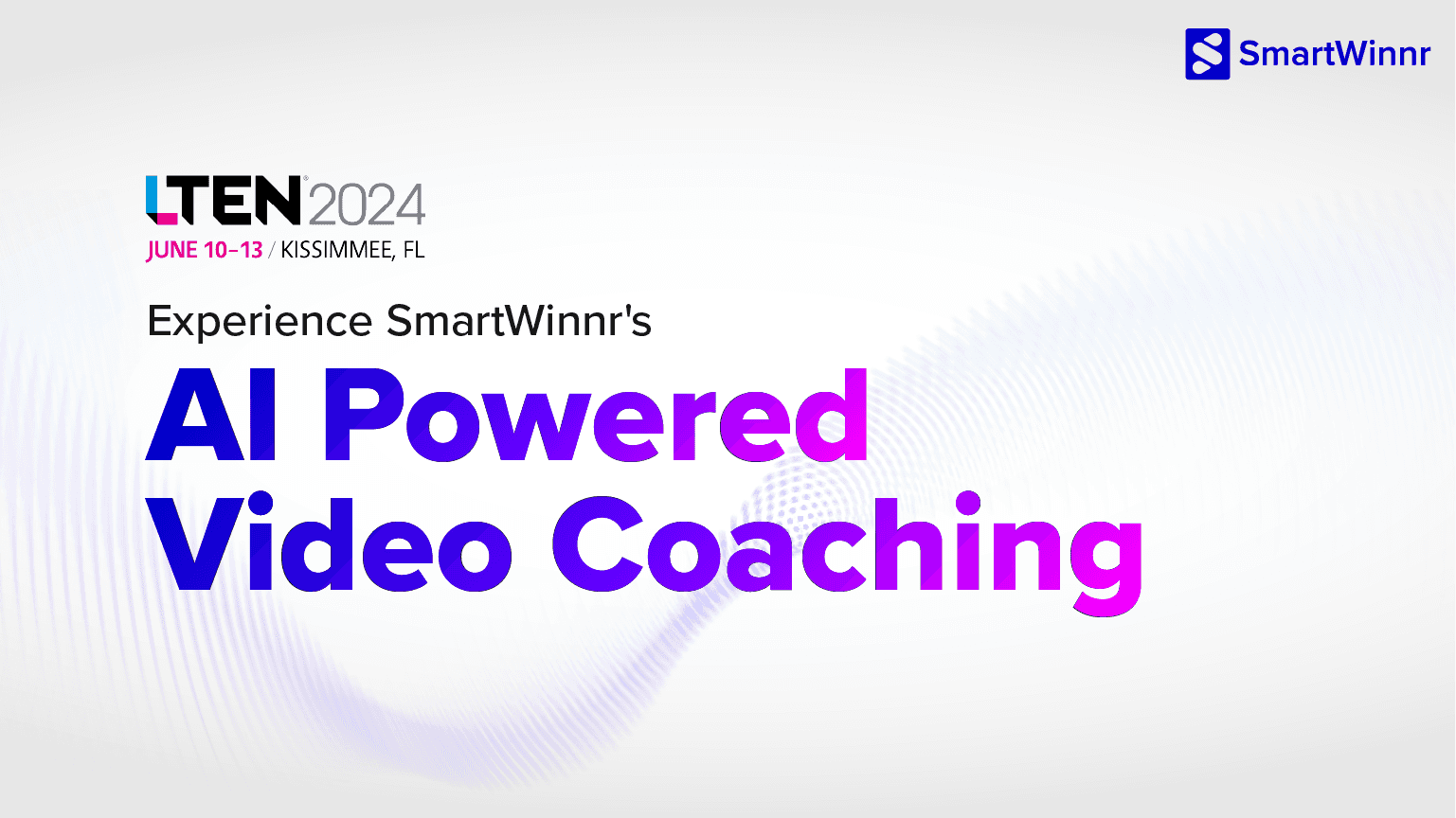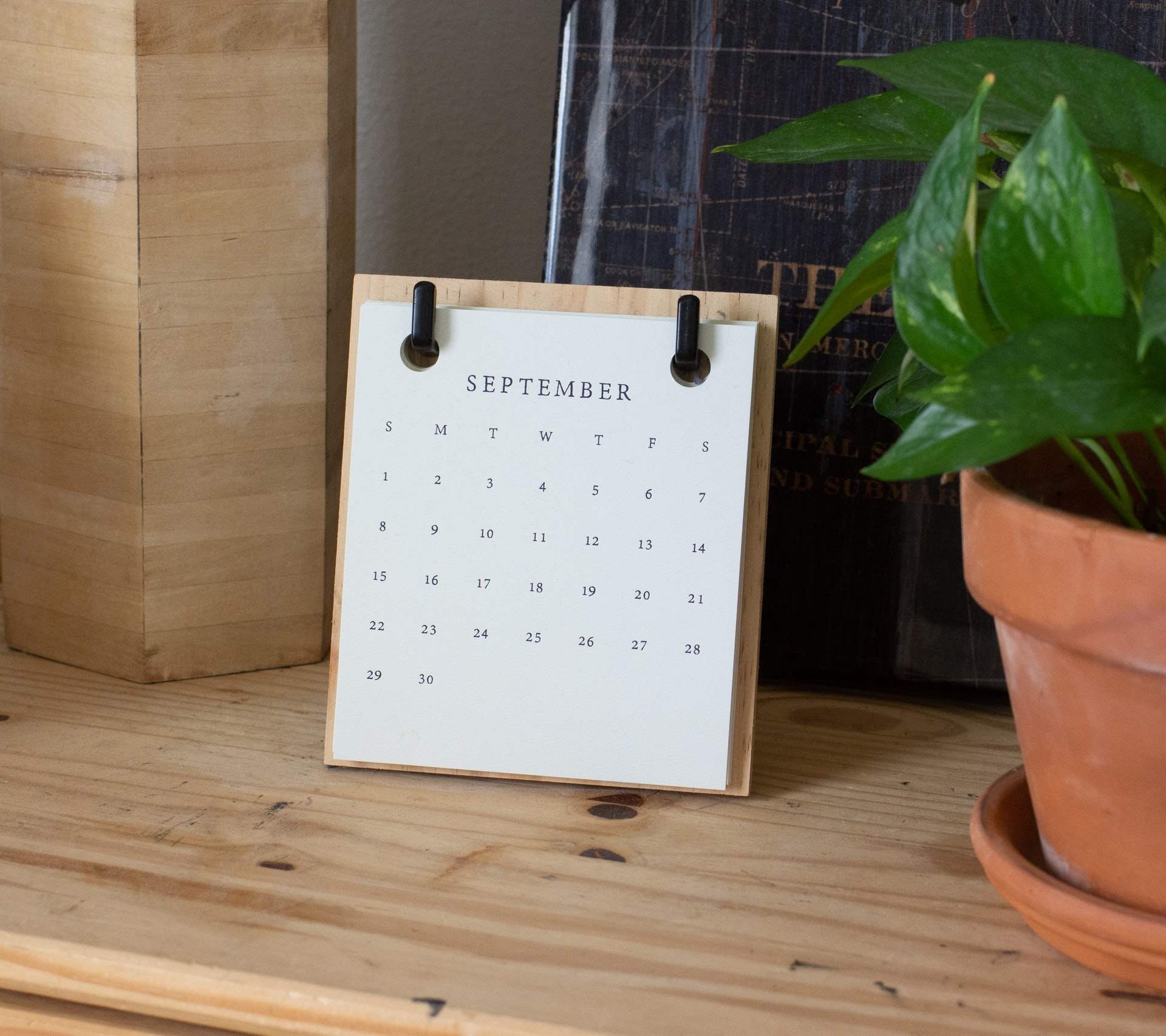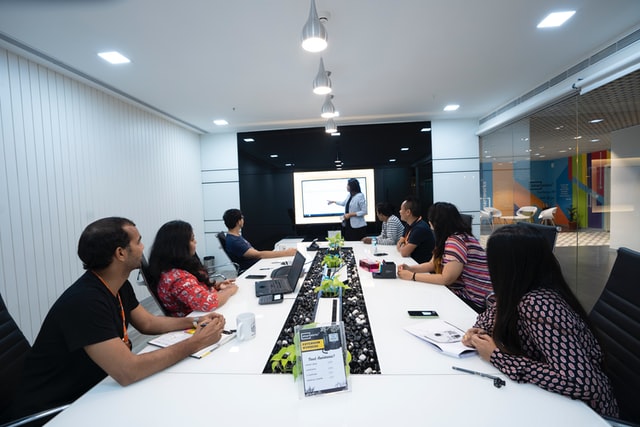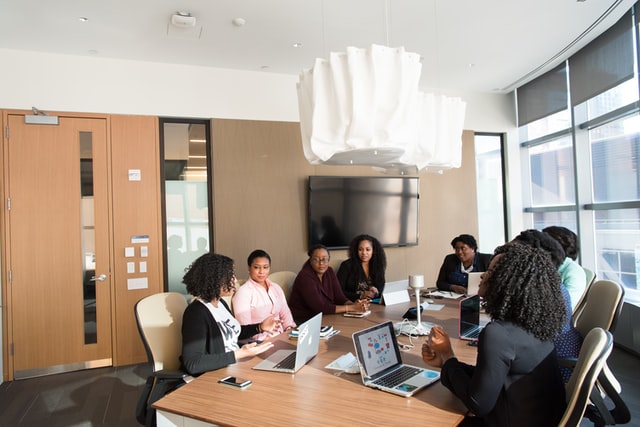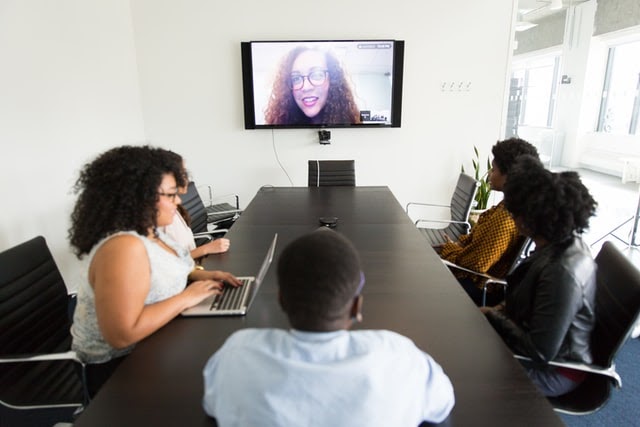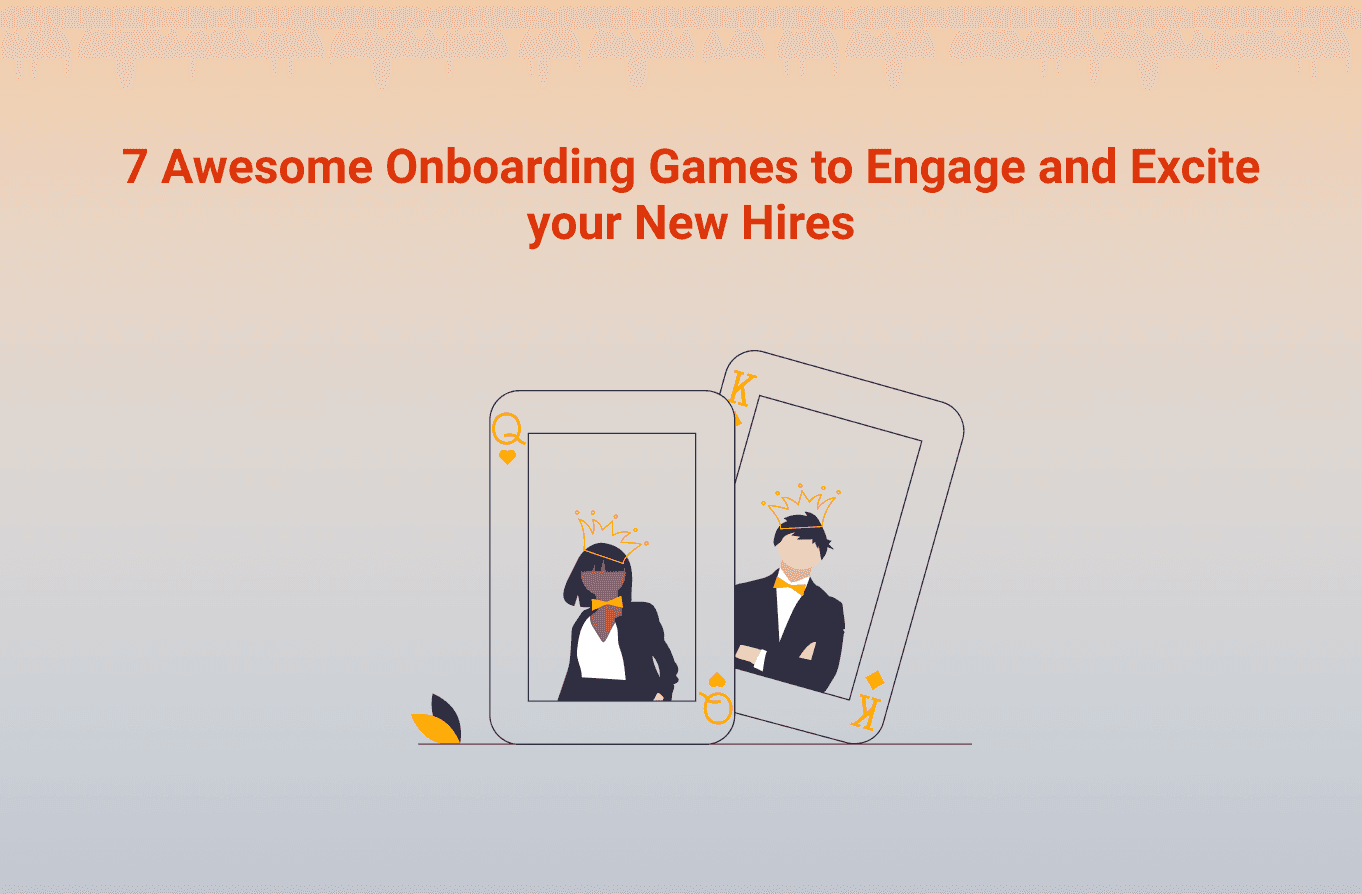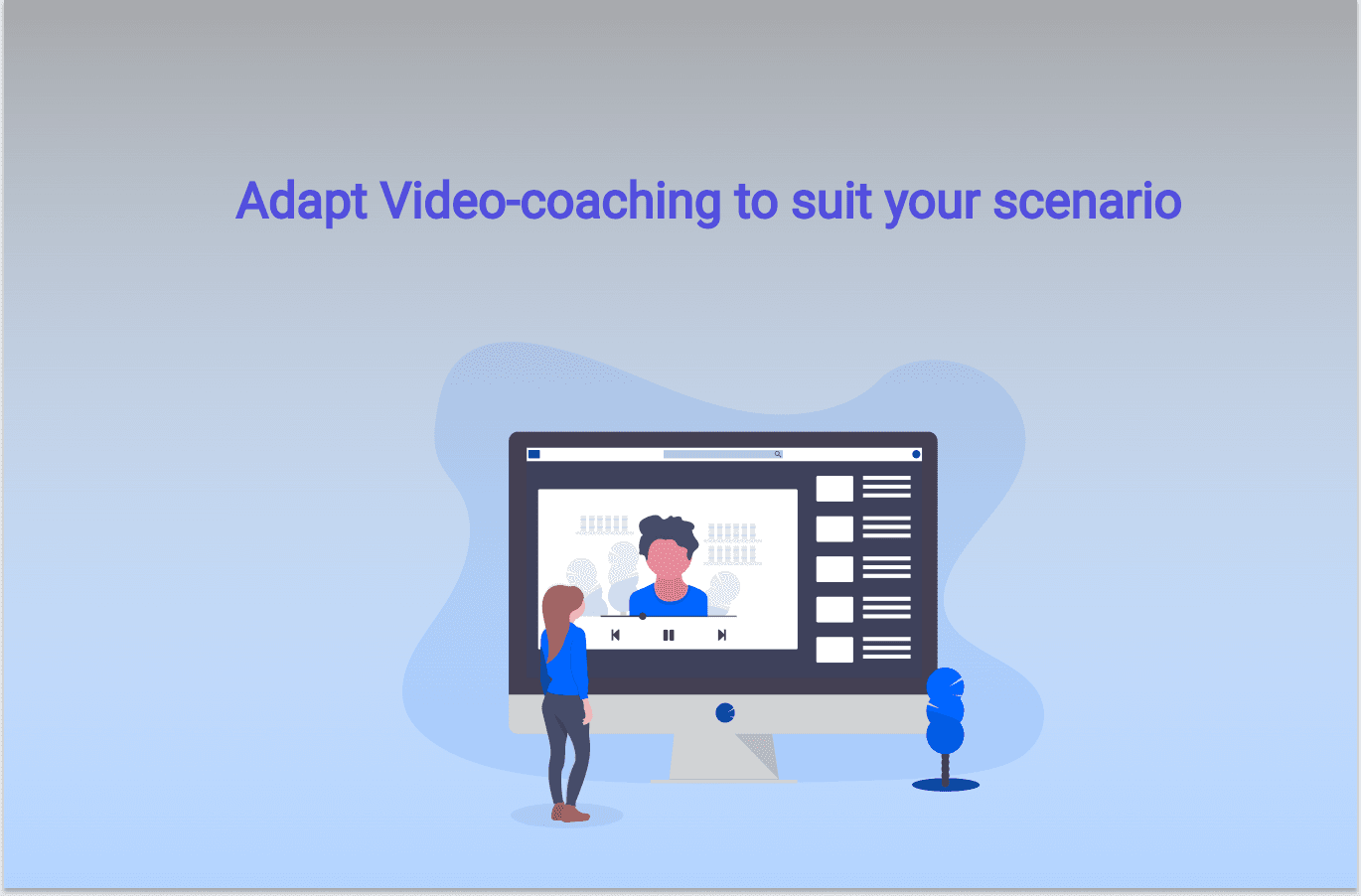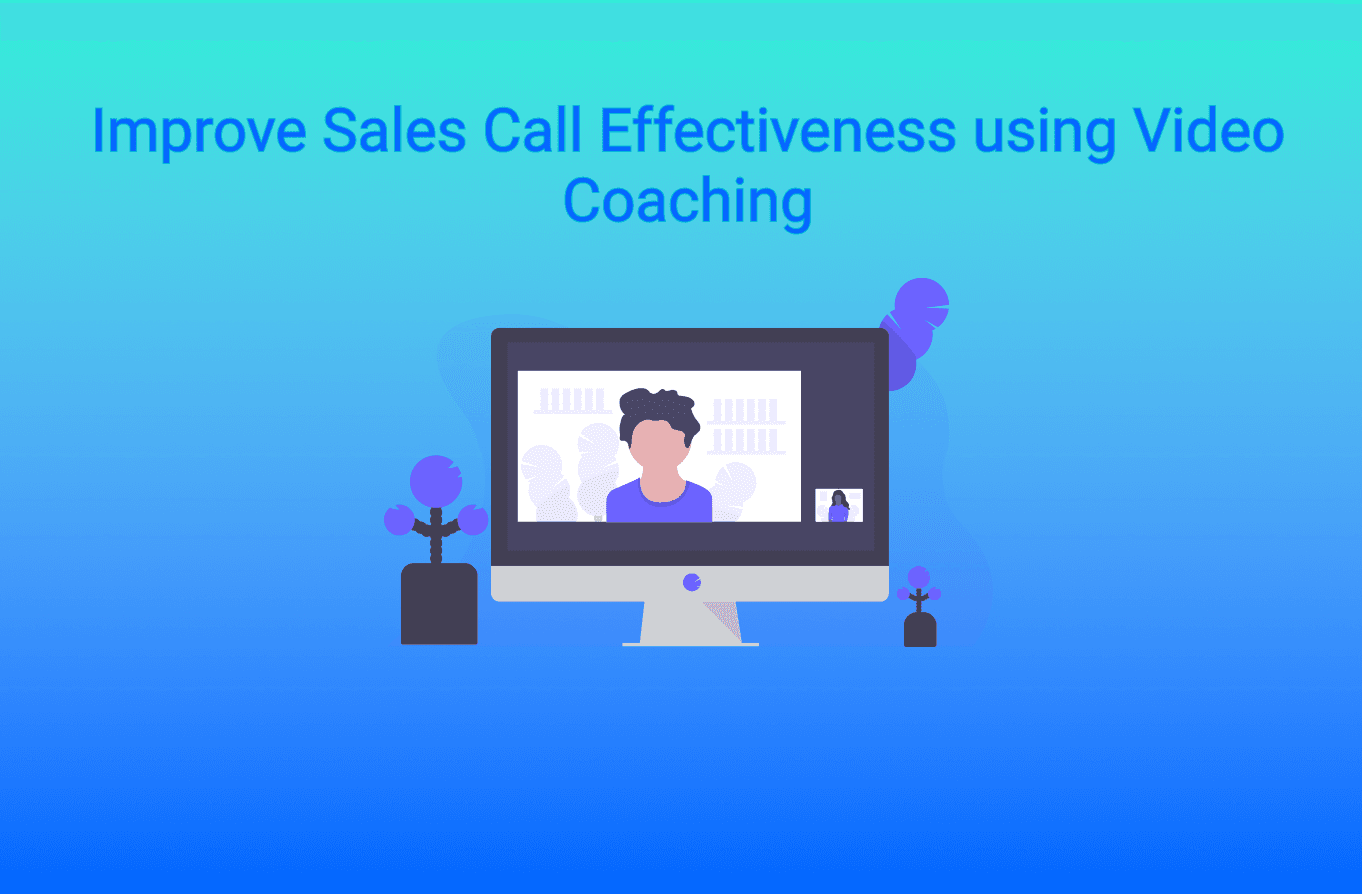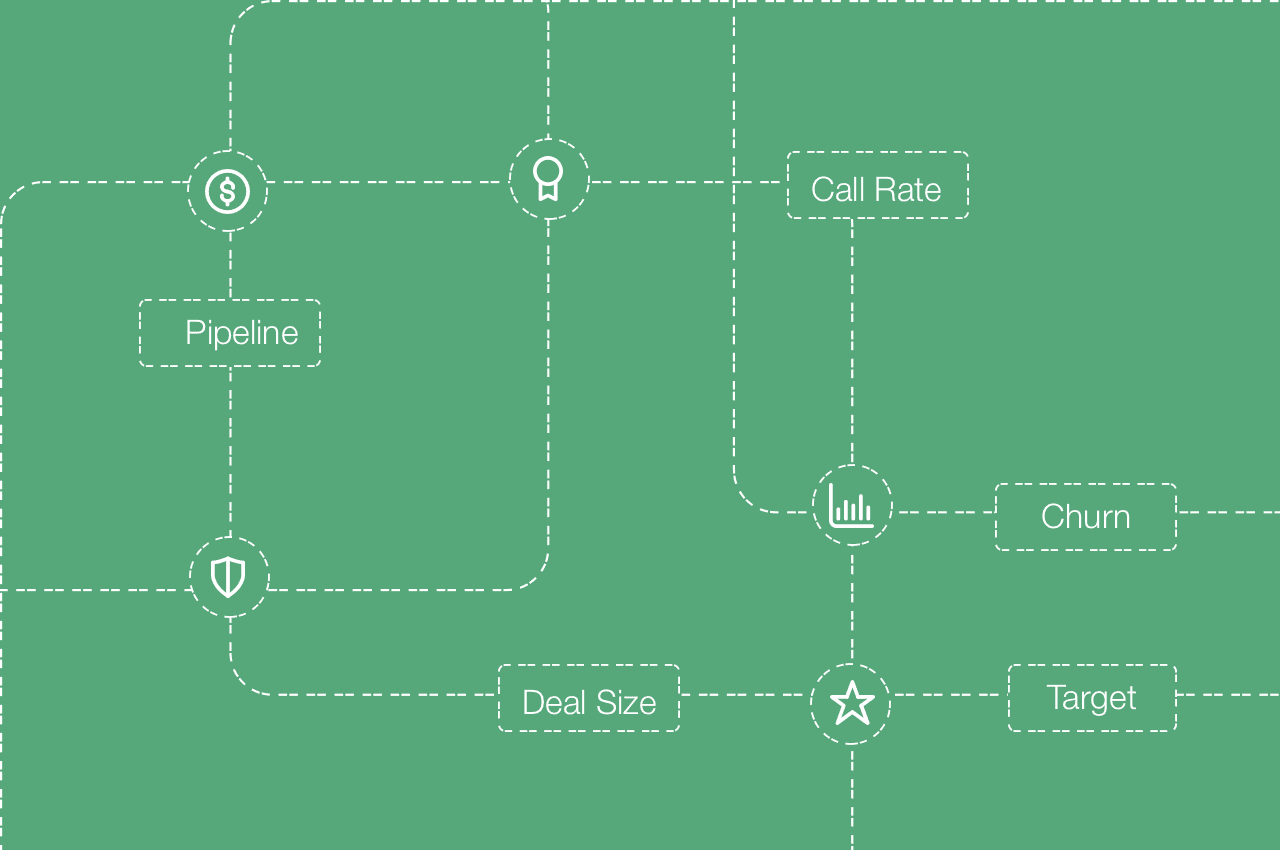Imagine your company has come up with a great product that is sure to capture a greater market share. Your management has given a green signal to launch it. You are now faced with the challenge of driving a successful new product launch during this crisis when everyone is working from home
How can you efficiently provide new product training to your reps virtually? How can you transition them from face-to-face sellers to virtual sellers? How can you set them up for success in this virtual setting?
To do this, you need to re-image the whole process of the new product launch and make it suitable for today’s scenario. This blog will help you with exactly that. You will learn how to reimagine your product launch for the new normal.
Virtual New Product Launch
1. Kick-off
Kick-off the launch by bringing everyone together for a one-hour virtual call where you announce the new product launch, training and discuss other details of it. This builds excitement amongst the reps about the new product launch.
Here is what to cover during this call:
Get a senior sales executive of your company to
Announce the new product launch
Provide an overview of the new product training plan
Announce the schedule and timings of the training
Communicate what is expected out of the reps
Then, have the marketing team provide a preview of some of the new product reference materials that the sales team would be getting from them
Get the trainer to brief them on what pre-training and certification is going to look like
Give them time to voice their queries and get answers
Wrap thing up with a really motivating and exciting sizzle video that highlights the new product
Once this is done, you are now officially ready to begin your new product sales training journey.
2. Pre-training
You need to do pre-training before the actual new product training. This ensures that your trainees have the necessary base-line knowledge before coming into the actual training.
Begin the pre-training one week before the actual training date. Here is what you need to do in the pre-training phase:
Send short videos introducing the new product and demonstrating all its features, use cases, and benefits
If possible allow the trainees to explore the new product by themselves
Also, send them instructional videos where the SMEs show how to use various sales tools that they need to use for virtual training or virtual selling. For example,
Video conferencing tool like Zoom for live training sessions
Sales learning and performance tracking platform like SmartWinnr
A CRM like Salesforce
Conduct assessments in between to test how much they have learned in the pre-training
Conduct a survey for the trainees to see what’s their skill level like at this point and what do they need to improve on
This really ensures that your reps have a solid foundational knowledge before they came into their first new product training session. Also, this gives the trainers a clear idea about the skill-levels of the audience that they are going to train
3. New Product training
Conduct your instructor-led new product live training sessions through a video conferencing tool like Zoom or Microsoft Teams. Have these live sessions for about 3-4 hours each day with 30 minutes break built-in.
Avoid having lengthy sessions as they can make your trainees exhausted and eventually disengaged. And, make sure to facilitate break/ breaks so that they can recharge their devices and themselves.
In these sessions, along with the new product training and sales training, you can also occasionally have:
Regional breakout sessions
Virtual workshops for reps where they can do roleplaying, practice sales pitches, and discuss various subjects
Fun activities
4. Certification
This is where you test the sales readiness of your reps. Once the product training is done, conduct a final test, and certify the reps who are eligible to sell the new product.
Give one or two week’s time before the test. Help the reps to prepare for the test by,
Sending them new product catalogs and study-materials which they can refer to prepare for the test
Make them practice their selling skills virtually with their managers and peers
For the final test, create a learning path with one quiz module and two video coaching modules.
In the quiz, give about 10-20 questions on the new product
In one video coaching, have the reps pitch the new product describing all its features and benefits perfectly
Focus another video coaching on getting the reps to overcome the new product sales objections
Set a threshold score for each module which the reps have to get in order to qualify. Set a deadline for completion of learning this path. Then, award certificates to those who have completed this path and achieved the threshold score in all the modules.
Pro-Tip: If some of your reps are not able to perform well in this test, then have their trainers/ managers to refocus on them and re-train them to close their skill or knowledge gaps
5. Reinforce Knowledge
Once the reps are certified to sell the new product, make sure that they keep in touch with the new product knowledge. This ensures that they retain what they have learned and are able to effectively use it in their job.
To provide regular (once or twice a week) reinforcements, new product knowledge, you need to combine two techniques - Micro-learning and Just-in-time learning.
Microlearning: Break down the new product training content into smaller chunks of information. Convert these chunks into various interesting media formats like infographics, animated videos, storyboards, etc (called microlearning feeds). This kind of smaller and visually appealing content makes it easier for your reps to quickly absorb it
Just-in-time learning: Deliver these microlearning feeds regularly to your reps on their mobile devices to reinforce crucial information. This way your reps can access their training content anytime and anywhere they want. Apart from that, maintain a content repository where you
New product PDFs
Study-materials
Product catalogs
Best product pitch videos from reps
Write-ups on sales best practices
This repository acts as a digital mobile library for all the trainees. They can access any content they want at any time and from anywhere
6. Measure the Success
Once your reps start selling the new product, set certain metrics against which you can measure their performance. For example, you can set and track KPIs like
Number of leads generated for the new product
Number of units of the new product sold in a month by each rep
Amount of revenue generated by selling the new product by each rep etc
This helps you to gauge the effectiveness of your training efforts. In case, you observe that a few reps are lagging behind or not able to meet the goals, you can have their managers or trainers to re-focus on them and coach them to cover any skill or knowledge gaps
Also, by keeping a track of the metrics, you can reward and motivate the top performers. Like, you can reward people who,
Sold the highest number of units of the new product
Generated highest amount of the new product sales revenue
Met or exceeded their new product sales target before everybody else
This way you can successfully drive the new product sales
How to make the most out of the virtual training sessions?
Here are some best practices that you can follow in the live training sessions to make the most out of them.
1. Mandatory Cameras on: Make it mandatory for everyone to keep their cameras on during the live sessions. When everyone in the session is able to see each other, it establishes a human connection virtually and engages everyone effectively
Pro-tip: In case you have a large team participating in sessions, ask the trainer to have her camera on. And then ask the participants to turn on their audio and video when they have to talk
2. Audience engagement: In a virtual training environment, you need to think of your audience as monitors (not literally). What I am trying to say metaphorically is that they are going to sleep after 5 minutes of inactivity.
It’s a natural phenomenon that a human’s brain automatically goes into passive mode if there is no participation. This results in the audience getting disengaged from the training.
So, keep them active by
Making them take polls or surveys in between
Call out people and ask questions
Ask them to share a story or their experience related to a particular subject
Or take questions from them
A golden rule would be: Do not talk continuously for more than 5 minutes without interaction.
3. Guest Speakers: Invite SMEs, sales leaders, marketing leaders, and some exceptionally successful employees as guest speakers in the sessions. They can speak on any particular subject they are good at. Or they can just deliver a motivational talk. This helps in sparking inspiration and motivation amongst your trainees.
4. Facilitate cross-regional/ territorial learning: Share sales lessons and best practices from other regions or territories of your organization with your trainers. Share some good pitching videos and customer success stories from other territories. This cross-pollination of knowledge helps the reps to learn from the best and inculcate some sales best practices in their way of selling.
5. Facilitate Breaks: If your session is longer make sure that you facilitate short breaks of 10 mins after every one hour (apart from the 30 mins break). This ensures that your trainees get some time to stretch and recharge themselves without sitting at one place at a stretch. This is important because breaks help them to recharge themselves and concentrate better in the session.
Key Benefits of virtual new product training
Let us now take a look at some key benefits of doing your new product training virtually
Spaced out sessions: When you space out sessions, it really makes for a better adult learning experience. Because this enables people to
Consume learning at their own pace
Extract and retain maximum knowledge out of each session
Build skills one after another
Manage their personal work and professional work along with the training
Space for adjustments: You have the flexibility to make adjustments to the sessions if needed. You can survey your trainers and trainees after each session and find out how their training is going. Based on their feedback you can course-correct things if needed
More practice time for the learners: Trainees get way more practice time. This enables them to
Practice their skills
Learn from each other
Do further research on a subject by themselves
And really fine-tune their skills
Flexibility: Provides greater flexibility to the trainees as virtual training is not time-bound. The recorded training sessions will always be available for the trainees if they aren’t able to attend the live training sessions. Also, since the learning content is delivered to them on their mobile devices, they have the freedom to access and learn anytime and anywhere.
Want to survey your team before beginning the new product training?
Survey Questions to ask your Sales Team before a New Product Launch Training
Learn how sales enablement helps in transforming your new product launch
How Sales Enablement Helps in Transforming New Product Launch?
Want to know how to boost your product launch with a sales contest?
Learn how to design Sales Contest for a New Product Launch
Looking for a New Product Launch Playbook?
Sales Training and Communication Playbook for New Product Launch
Here are some crucial resources that will help you run your virtual training successfully
How to Deliver Training to your Remote Sales Staff?
How to Transform your 2-day Face-to-face Training into a Microsoft Teams Virtual Training?
‘Work from Home Warriors’: Sales Training Game for Remote Sales Teams
7 Selling Skills that are Essential to Ace Remote Sales
Top 4 Remote Selling Challenges and ways to overcome them
Learn how to drive training in the post-pandemic virtual world
Learn how microlearning and knowledge reinforcements support virtual training
How to Convert a PowerPoint Presentation into Microlearning Content?
How does Microlearning Support Virtual Training?
Improve Knowledge Proficiency by 21% through Knowledge Reinforcement
Related Posts
Looking for a sales training software that takes your sales training to a whole new level?
Explore SmartWinnr’s Learning and Gamification features. Learn how to run fun and engaging sales training and sales coaching for your team through SmartWinnr.
Curious to learn more about it? Book a demo today!




